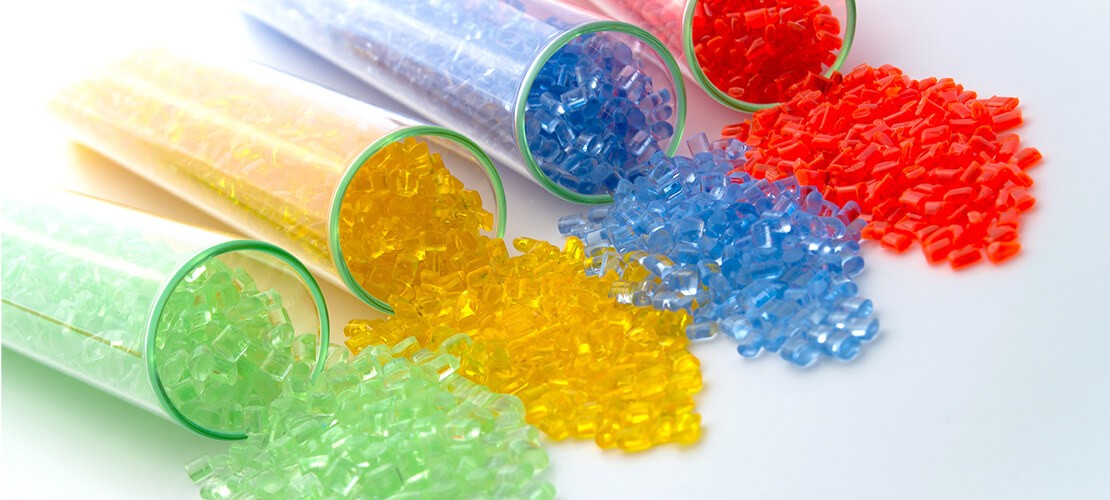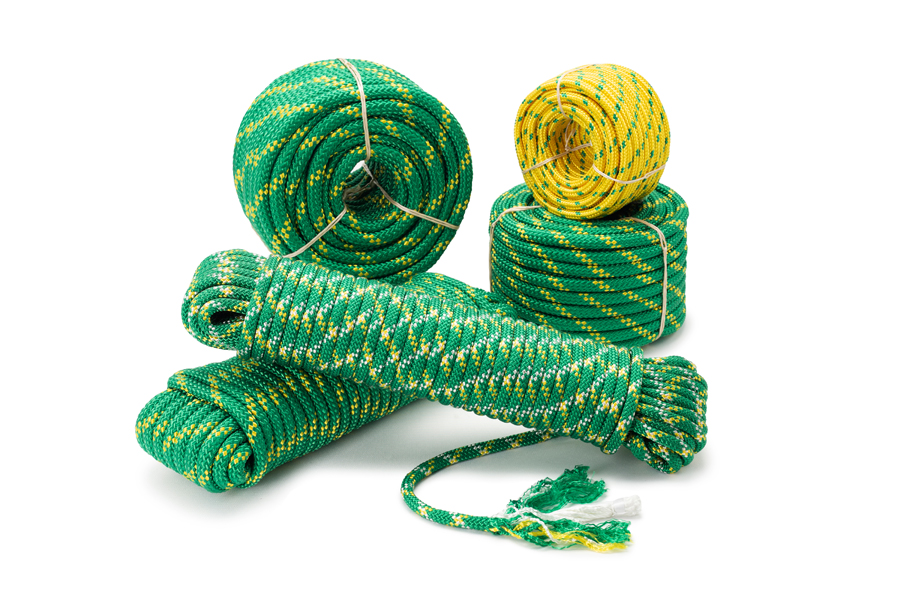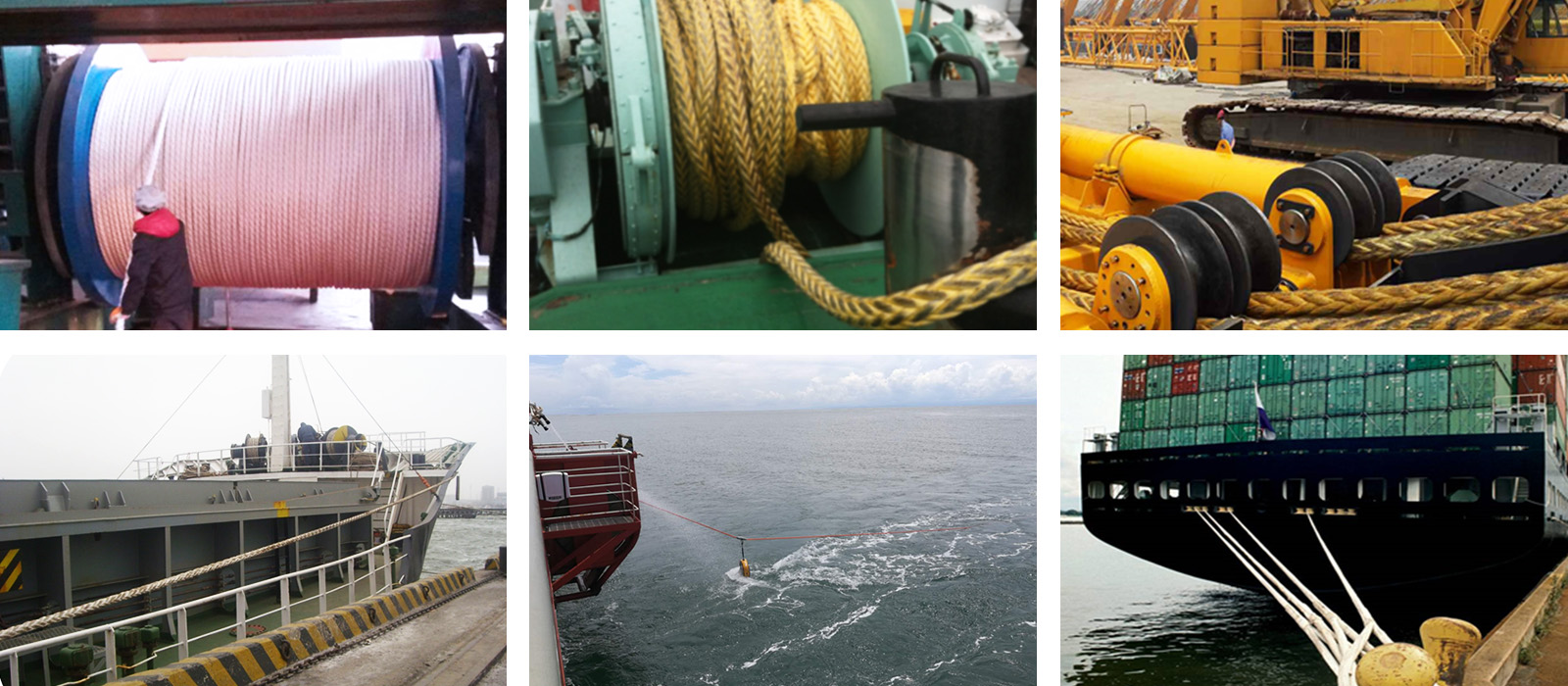For long-time users of ropes, do we feel that the rope products we are using are being increasingly diversified by manufacturers in terms of color, diameter, number of strands, packaging, winding methods, and materials used to make the ropes? The fact is that human needs are becoming more diverse, so diversifying rope products to best solve the problems users are facing is necessary. Polyester (PET) ropes are a new group of ropes that have been produced and popularized in Vietnam in recent years. Let's explore what polyester ropes are, the advantages and disadvantages of this type of rope, along its applications in daily life, through the article below.
Below are some important chemical properties of polyester:

Image of polyester resin
Compare the physical and chemical properties of Polyester (PET) and Polypropylene (PP) plastics with Polyethylene (PE)
|
Properties |
Polyester (PET) |
Polypropylene (PP) |
Polyethylene (PE) |
|
Molecular Structure |
Ester chain |
Polyolefin chain |
Polyolefin chain |
|
Durability |
High |
High |
Average |
|
Chemical Resistance |
Good |
Good |
Good |
|
Heat Resistance |
Good |
Good |
Good |
|
Water Resistance |
Good |
Good |
Excellent |
|
Impact Resistance |
Good |
Good |
Average |
|
Transparency |
Can be transparent |
Opaque |
Opaque |
|
Moisture Absorption |
Low |
Low |
Low |
|
Recyclability |
Recyclable |
Recyclable |
Recyclable |
|
Cost |
Average |
Low |
Low |
|
Application |
Bottles, containers, films, fibers, composite materials, ropes. |
Food packaging, toys, pipes, fibers, films, ropes. |
Plastic bags, food wrap, pipes, electrical wires, toys |
From the information above, you should have a general understanding of polyester resin, the material used to make polyester rope. Polyester rope is a type of rope made from polyester fibers, a synthetic polymer. It is one of the most commonly used ropes in the marine industry for mooring and docking. The rope has durability similar to nylon but with less stretch or elasticity (it is more rigid), and therefore, it does not absorb shock loads as well. It has excellent moisture and chemical resistance, outstanding abrasion resistance, and superior UV resistance.

Polyester rope is used in various applications, including:

Application of polyester rope
Compared to before, there are now many companies producing polyester rope both domestically and internationally with a variety of designs from colors, diameters, lengths, and tensile strengths, giving customers more options to meet their usage needs, ensuring work efficiency while optimizing costs. However, choosing where to buy polyester rope to ensure credibility, quality, reasonable prices, clear policies, and good service is not something many companies can meet. Therefore, the selection of where to buy rope is very important.
Siam Brothers Vietnam is a long-established and leading reputable manufacturer of ropes in Vietnam. Siam Brothers Vietnam Joint Stock Company, formerly known as Siam Brothers Vietnam Co., Ltd., with 100% Thai capital, was established in 1995. Siam Brothers Vietnam manufactures ropes with diameters ranging from 1.5mm to 120mm, tensile strength (breaking force) up to 60,000 kgf, and especially the ability to customize products (make-to-order) to meet European standards. Siam Brothers Vietnam is one of the largest rope manufacturers in Vietnam with a production capacity of about 10,000 tons/year and nearly 30 years of establishment and development. The quality management system ensures labor safety, human resources, environment, and product quality (detailed certificates can be found in the "QUALITY MANAGEMENT SYSTEM"). In addition to common pp and pe ropes for fishing with the famous chicken brand trusted by fishermen nationwide, Siam Brothers Vietnam also develops polyester ropes to meet customer needs.
When choosing to buy polyester rope, it is important to clearly determine the purpose of purchase. From there, select the appropriate rope for the intended use. The parameters to consider when choosing the right rope are the length of the rope, the load capacity, and the diameter of the rope. If you like colors, you can also consider the color factor to match your preferences.
Polyester ropes should be stored in a dry, cool place and away from direct sunlight.
When using polyester rope, safety measures should be followed to avoid accidents.
Contact Siam Brothers Vietnam immediately for advice on polyester rope products or other types of ropes such as pp, pe, etc.